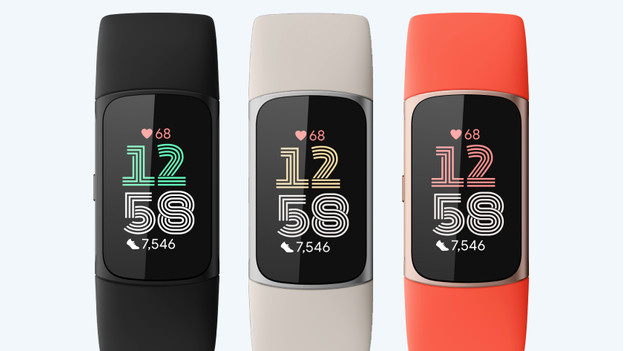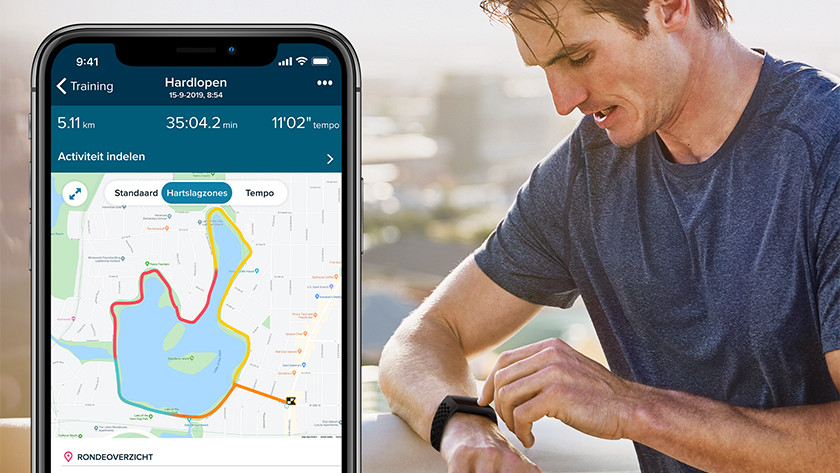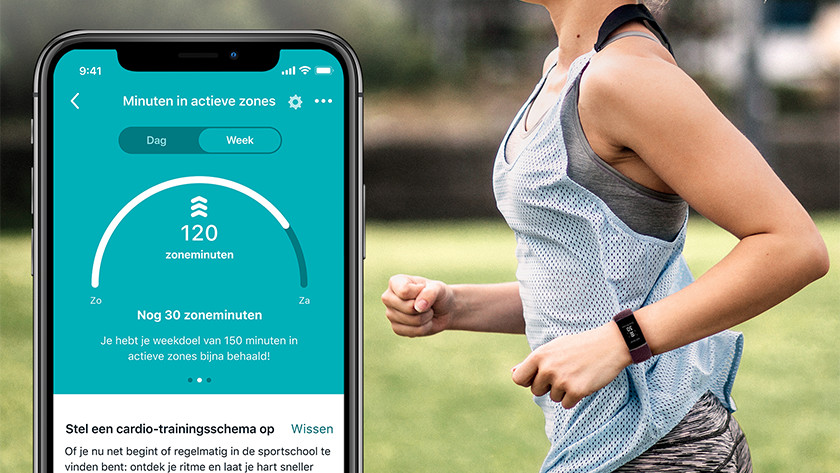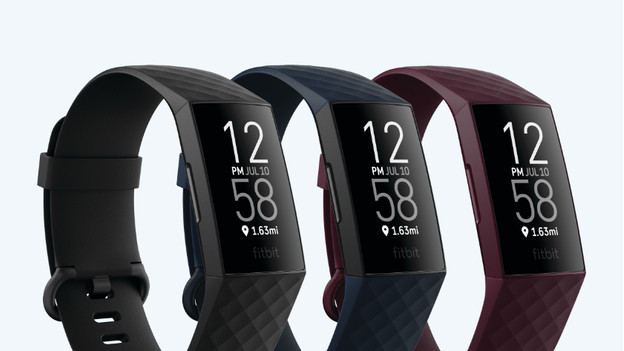
Compare the Fitbit Charge 4 to the Fitbit Charge 3
Note: the Fitbit Charge 4 and 3 are no longer available

The Fitbit Charge 4 and 3 are older models that we no longer sell. You can choose the newer Fitbit Charge 6. It has a colorful and clear AMOLED screen. You can also view Google Maps on your Charge 6 and pay via Google Pay.
GPS

Charge 4: integrated GPS receiver, leave smartphone at home
The main difference between the two Fitbit models is that the Charge 4 has an integrated GPS receiver. That means the tracker receives a GPS signal independently and without intervention from your smartphone. It records your distance, speed, and route when you run, hike, or cycle outside. You can leave your smartphone at home.

Charge 3: uses signal smartphone
The Charge 3 doesn't have an integrated GPS receiver like the Charge 4, but a GPS sensor instead. Do you want to register your distance, speed, and route while exercising outside? You have to bring your smartphone. The tracker can then use the GPS signal from your smartphone. This will drain the battery of your smartphone quickly, though.
Fitbit Pay

Charge 4: contactless payment
The Fitbit Charge 4 has Fitbit Pay, which allows you to make contactless payments. That's easy, because you no longer have to take your bank card out of your wallet. You'll also always have money with you, for example during a bootcamp class at the park. Afterwards, you can buy a bottle of water to cool down, while your wallet is safely at home. Note: you can only make contactless payments if your bank supports Fitbit Pay. View 'required bank account' on the product page or go to the full list to see all affiliated banks.

Charge 3: contactless payment with special editions only
Fitbit Pay isn't supported on the regular Charge 3, but only on the special editions. That's because the special editions have an integrated Near Field Communication chip. This NFC chip is required to connect to card readers that support wireless payment. Do you want to make a contactless payment? Choose the Fitbit Charge 3 special edition or the Fitbit Charge 4. Make sure that your bank supports Fitbit Pay, otherwise you still won't be able to use it.
Heart rate zones

Charge 4: measures exercise intensity based on heart rate
The Fitbit Charge 4 measures your activities smarter. It measures which heart rate zone you're in and for how long. Fitbit calls this 'Minutes in Active Zones'. The World Health Organization recommends training 150 minutes in moderate intensity or 75 minutes in high intensity every week to stay healthy. Thanks to the Fitbit Charge 4, you can keep track of whether you've already done that. You can also see whether you're training in the right heart rate zone to achieve your goal during exercise, such as losing weight or improving your stamina.

Charge 3: doesn't measure heart rate zones
The Charge 3 measures your activities, such as your steps, stairs, and workouts, but not your heart rate zone. As a result, you don't know whether you're training correctly for the goal you have in mind. Do you want to lose weight? You have to train in heart rate zone 2, for example. You'll be at 60 to 70% of your maximum heart rate. In addition, the Charge 3 doesn't measure your 'Number of Minutes in Active Zones' like the Charge 4 does. That function allows the Charge 4 to register how long you train in which heart rate zone, so you can easily keep track of whether you've already complied with the WHO's exercise advice.
Sleep mode

Charge 4: sleep mode for a good night's sleep
It's not a new feature for a smartwatch, but the Charge 4 has a sleep mode. This mode allows you to temporarily switch off notifications and the screen. This way, you can measure your sleep at night without the activity tracker disturbing you.

Charge 3 no sleep mode
Even though the Charge 3 does measure your sleep, it doesn't have a special sleep mode that temporarily turns off notifications and the screen. You can turn off the notifications, but not directly via the watch. Some people are bothered by the glowing screen at night.
Design

Charge 4: 26 grams
It's striking that the design is identical to the Charge 3. The only difference is that the Charge 4 weighs 26 grams, which is a lot lighter. This is an advantage at night, but also during the day. The Charge 4 still has a black and white OLED screen without an always-on option.

Charge 3: 51 grams
Apparently, the design of the Charge 3 was so successful that Fitbit didn't change the appearance. Except for the colors. There is one big difference, though. The Charge 3 weighs 51 grams, which is almost twice as much as the Charge 4. In addition, the Charge 3 doesn't have an always-on screen.
Conclusion

Even though there are few differences, the Charge 4 is a worthy successor. The Charge 4 has everything the Charge 3 has and more. For example, it has an integrated GPS function to record your distance, speed, and route during exercise. In addition, all Charge 4 models support Fitbit Pay. Not just the special edition, like the Charge 3. Compared to the Charge 3, the Charge 4 is also a lot lighter, as it only weighs 26 grams.


